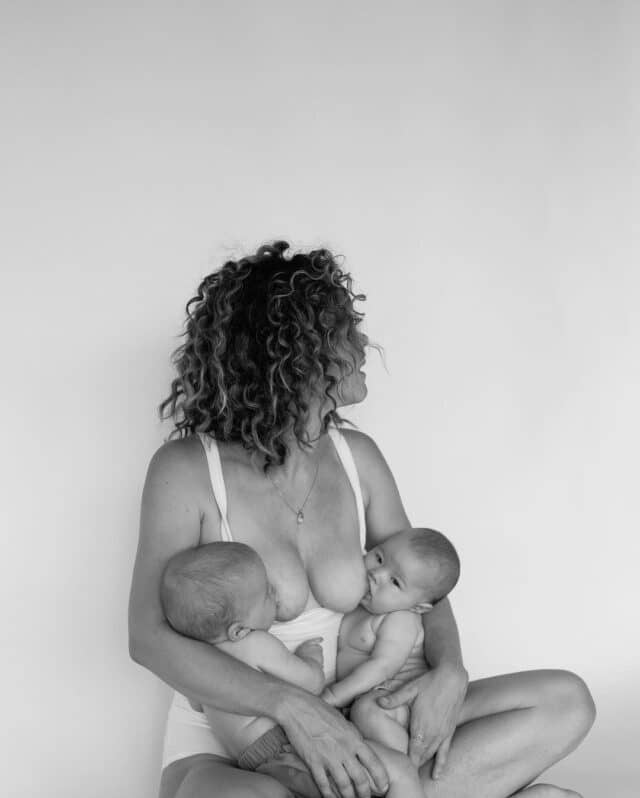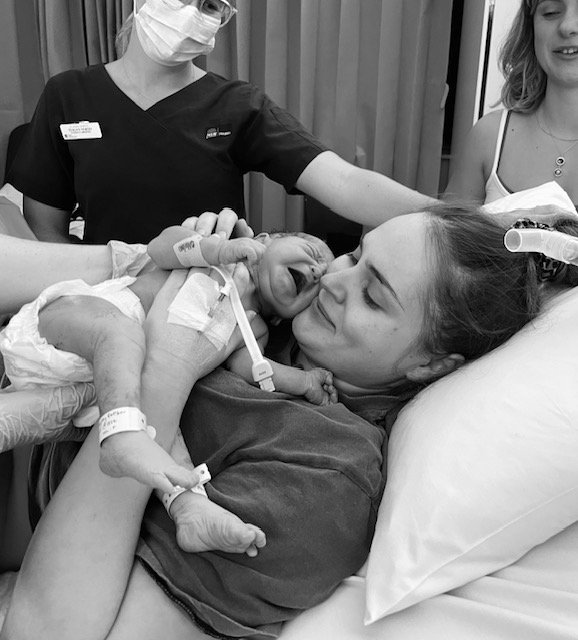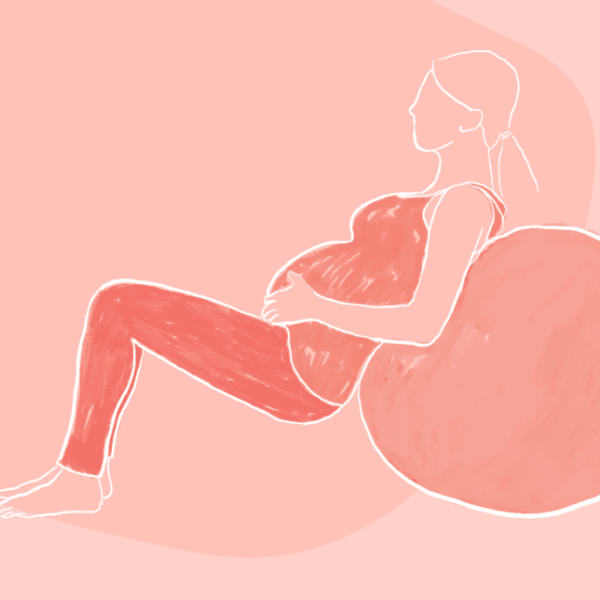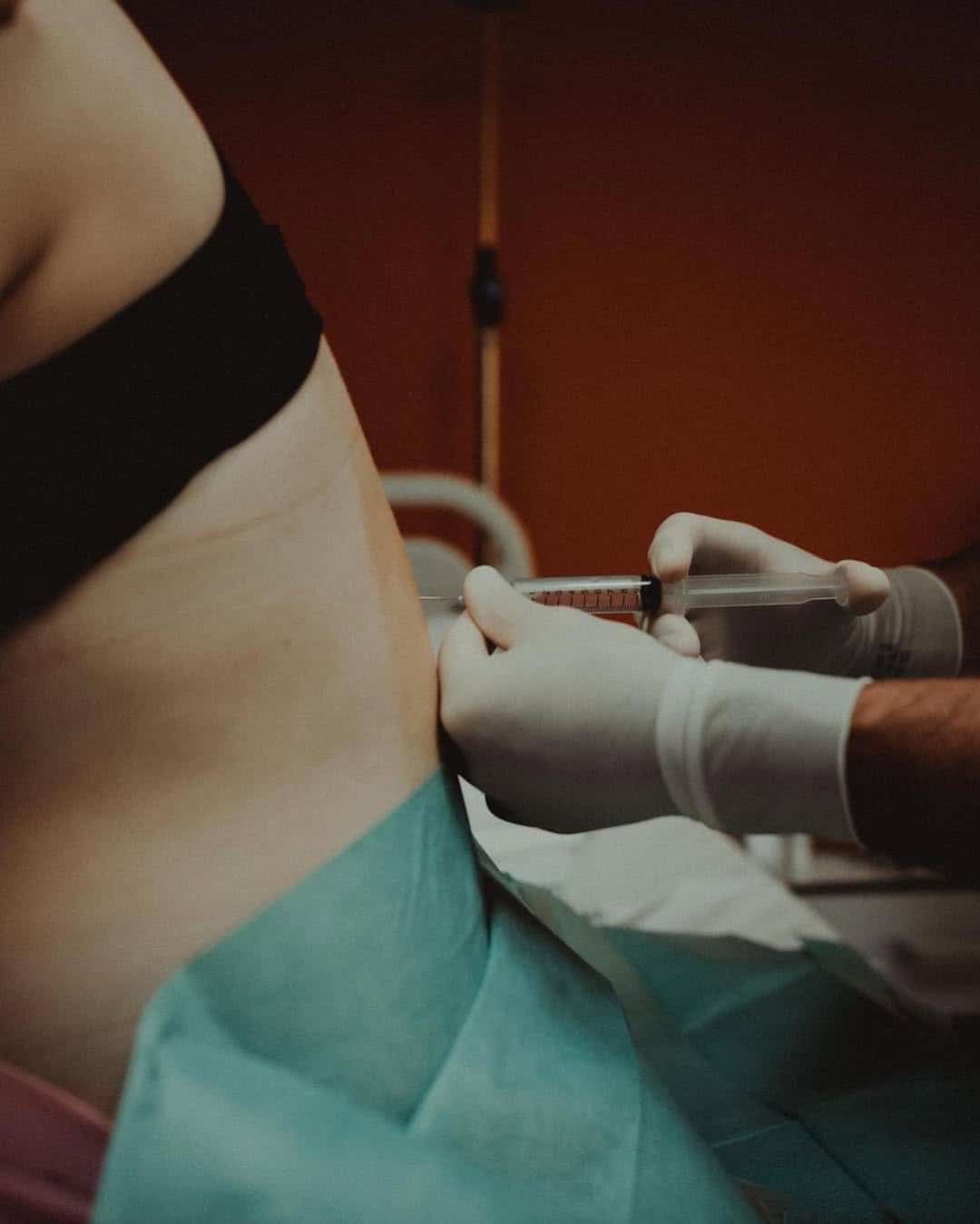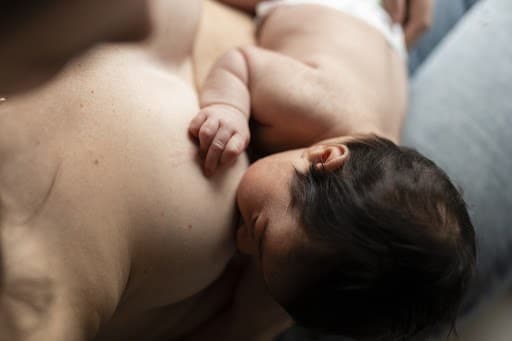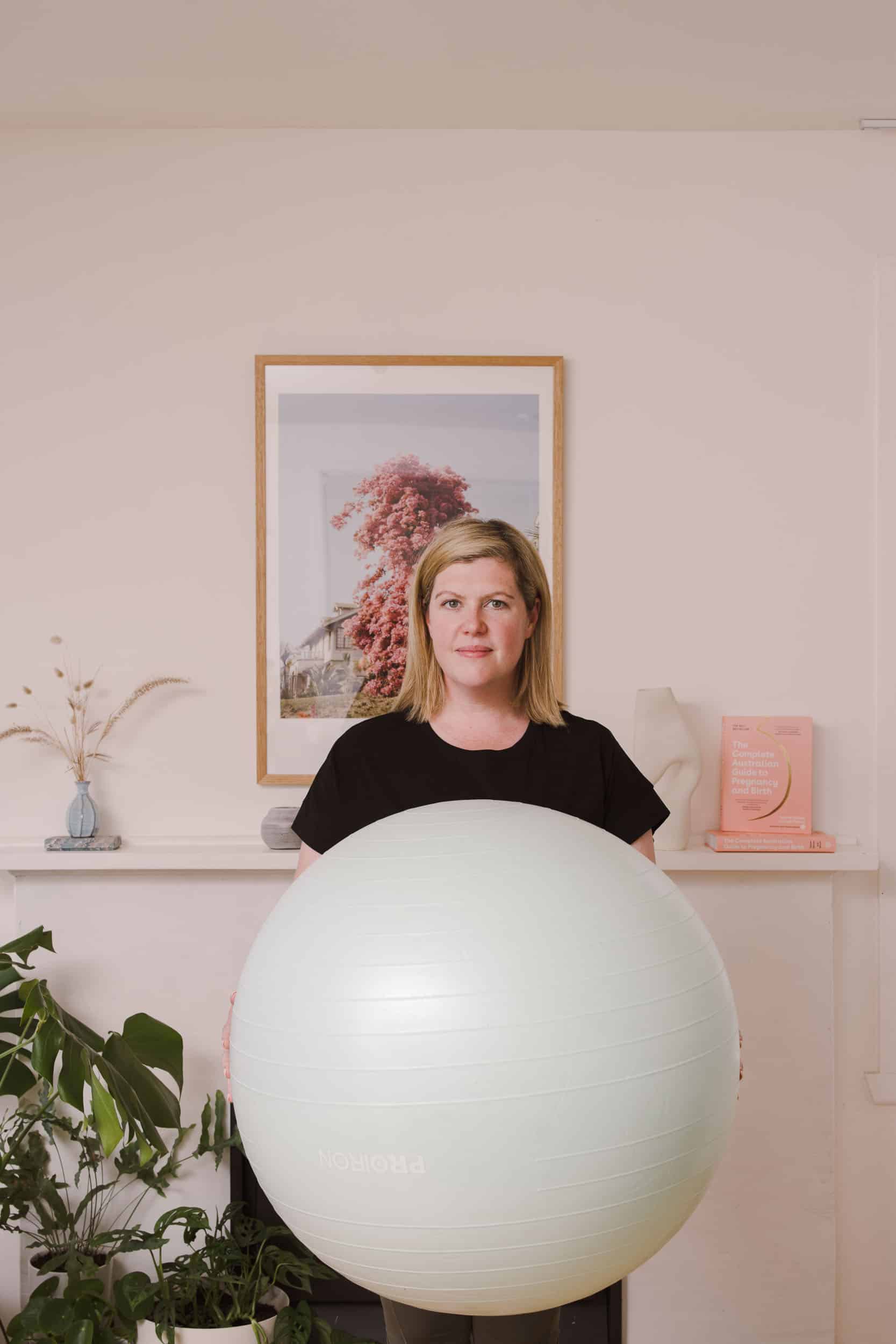Birth Breech Birth
Breech Birth

As you get closer to your estimated due date (EDD), ideally your baby will be in a head down position. If your baby is upside down - with either their bottom or feet closest to your cervix and their head up towards your ribcage - they are in a breech position. It’s very normal for your baby to turn from breech to head-down throughout your pregnancy.
However, if your baby is still in a breech position after 36 weeks, it’s unlikely they’ll turn because of the limited space in your womb. This can limit your birth options as finding a care provider to support a vaginal breech birth is difficult (but not impossible). You will typically be offered an External Cephalic Version (ECV), a procedure performed by an obstetrician in an attempt to turn your baby. If this fails or you decline it, you will be recommended to have a planned caesarean birth.
What does ‘breech’ mean?
A breech position is when your baby is lying bottom-down in your uterus. Breech presentation occurs in three to four percent of full term pregnancies (at 32 weeks, 7 percent of babies are breech, and before 28 weeks, 25 percent are breech).
If you have birthed a breech baby, the recurrence rate for a second pregnancy is nearly 10 percent and for a subsequent third pregnancy, it’s 27 percent. Prior caesarean birth is known to increase the incidence of breech positioning.
How will I know if my baby is in the breech position?
If you are birthing through the public hospital system, you’ll generally only have an ultrasound at 12 and 20 weeks unless there are some complications or concerns.
Throughout your second and third trimester, your midwife will palpate your belly at each appointment; feeling for your baby’s position. If your midwife senses that your baby is breech, you will typically be sent for an ultrasound to check your baby’s position If you’re seeing a private obstetrician, you will generally be offered an ultrasound at every appointment and your baby’s position will be visible on each scan. Some women are unaware that their baby is breech until they start pushing (like Georgie, in episode 476).
What does the breech position look like?
There are three forms of breech positioning:
- Frank / Extended breech where the hips are flexed and the knees are extended (feet near face)
- Complete / Flexed breech where the hips are flexed and the knees are crossed in a sitting position
- Footling / Incomplete where one or both feet are hanging below the bottom (sometimes this is referred to as ‘feet first’)
If your baby is in a footling/incomplete position, you can expect your care provider to recommend a planned caesarean birth as a vaginal birth isn’t considered a safe option.
Why might my baby remain in a breech position?
There are many reasons why your baby may remain in a breech position, including:
- the shape of your uterus
- previous breech baby or caesarean birth
- the length of the umbilical cord
- placenta previa (where the placenta is lying low in the uterus)
- multiple pregnancy (if twin A is head down, you can still plan a vaginal birth is twin B is breech)
- uterine fibroids
Can my baby still turn after 36 weeks?
The longer your pregnancy progresses, the less chance that your baby will turn as there’s simply less room for them to move. If your baby is in a breech position at 36 weeks, you will typically be offered an ECV to help turn your baby.
If your waters break and your baby is breech, you should go to hospital immediately as there is a greater risk of cord prolapse (where the umbilical cord comes out of the cervix).
What is an External Cephalic Version (ECV)?
This is a procedure performed at 37 weeks in hospital. It’s successful for 50 percent of birthing mothers (but this statistic is considerably lower for first-time mums. You’ll be required to be at hospital for about three hours and you’ll be asked to bring your hospital bag with you (an ECV can sometimes prompt contractions and in very rare cases, may lead to an emergency caesarean).
You’ll be required to wear a CTG monitor throughout the process and before the obstetrician starts, you’ll get an ultrasound to check your baby’s exact position. You will also be given a uterine relaxant through a cannula to assist the process. If you don’t have any risk factors, the obstetrician will try to turn your baby by pressing their hands gently on your abdomen, with one hand over the baby’s bottom and one hand behind the baby’s head. They will press in a clockwise or anti-clockwise direction to encourage your baby to roll. They may need to do this a few times but if your baby shows signs of distress or 3-4 attempts fail, you will likely be recommended a caesarean birth.
What is involved in a vaginal breech birth?
If your baby is in a frank or complete breech position and your care provider supports your decision to have a vaginal breech birth, you’ll be advised to birth in an upright position so gravity can assist you.
You can expect the recommendation for continuous CTG monitoring but some women opt for a foetal scalp monitor or regular monitoring via doppler so their movement isn’t restricted.
Generally, you have a shorter window of time during the second stage to birth your baby and you’ll be closely monitored and supported by an obstetrician and midwife who specialise in breech birth. Because breech vaginal birth is rare, if you do plan one you will likely be asked if other midwives and medical students can observe.
To learn more about breech birth, listen to breech expert Dr Andrew Bisits talk in The Birth Class. And to hear women’s breech birth stories, tune into:
Hayley in episode 326, Lou in episode 249, Jacqueline in episode 253 and Amelia who had a twin VBAC including the breech birth of Twin B in episode 487.
Categories
Related Products
-
The Birth Class
108 reviews$249.00The empowering online childbirth education program that will help you confidently prepare for birth.
Get your copy of our Perineal Massage Guide in your inbox
Keep Reading
We think you might enjoy these articles
@AustralianBirthStories
Follow along with us
@AustralianBirthStories
Follow along with us
@AustralianBirthStories
Follow along with us
@AustralianBirthStories
Follow along with us
@AustralianBirthStories
Follow along with us
@AustralianBirthStories
Follow along with us
@AustralianBirthStories
Follow along with us
@AustralianBirthStories
Follow along with us
@AustralianBirthStories
Follow along with us
@AustralianBirthStories
Follow along with us
@AustralianBirthStories
Follow along with us
@AustralianBirthStories
Follow along with us
